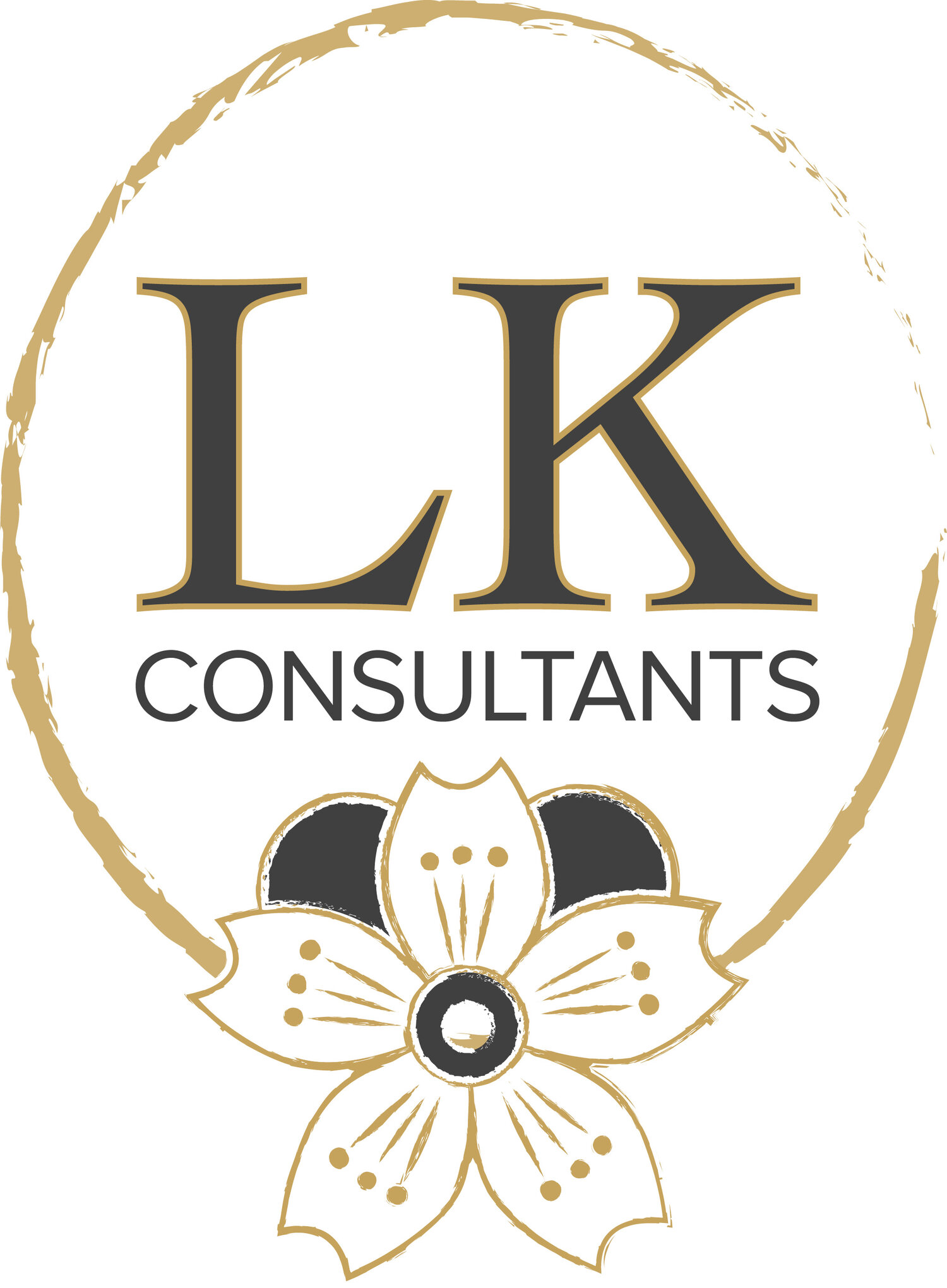The Four Quadrants of Work
There are four quadrants you can typically categorize work under.
Important and Urgent - These are usually “burning fires” in the workplace that everyone is constantly rushing to put out.
Important and Not Urgent - Business development opportunities that you just never seem to have the time for.
Not Important and Urgent - Many emails and tasks assigned by others can fall here.
Not Important and Not Urgent - These items tend to be disguised distractions. They are also sometimes tasks that we’re doing because they’re easy and can be checked off quickly but don’t help us actually help move us forward.
The Work That Moves You Forward
The types of tasks that often need to get accomplished in order to move your business forward, procure new clients, launch new products, etc. are the “important but not urgent” tasks. This quadrant contains business development, marketing, product development, business growth, and other improvement opportunities. Items on your list that are long-term investments but show no immediate return.
This is the quadrant that some businesses and entrepreneurs struggle with. Although there are many possible solutions, below are three strategies you can start implementing today to get more of your important projects on track.
So what can I do about it?
Have an accountability partner or join an accountability group
Every Monday morning at 8 am, I meet with a group of local entrepreneurs. This is a very small group (between 2 and 6 people) and our only mission is to support each other.
I concretely ask the group to hold me accountable for certain tasks that I’m promising to accomplish, usually one major task per week. The act of saying it out loud and committing the promise to others helps keep it in my mind, especially as the deadline for the next group meeting approaches. I don’t want to disappoint my group (or myself), so I find a way to make the time for this task. Then there is an agreed-upon consequence when someone doesn’t fulfill his or her weekly goal. I.e. collect $5 for every time you fail to achieve your one thing, or you have to buy coffee for the group that day. Something just consequential enough to make you want to stick to your commitment, but not so consequential that it causes severe damage to your business.
I nearly always choose a task that is not easy for me to accomplish on my own from the “important-not urgent” quadrant. Since there are no natural deadlines pushing me to complete these items normally, I can artificially create pressure to get them done and have a group behind me to hold me accountable to that decision.
Put a project into motion by involving specialists
The second method I find to be helpful in pushing forward important but not urgent projects is bringing in outside help. This can be paid or unpaid, although I find that paying for this help increases the likelihood of sticking to the project deadlines.
Trying to put together a workshop? Contact a graphic designer to let him or her know about the resources you’ll want to create and use for the talk. They can work out a timeline in which they would need content. This creates a deadline for you not only for the worksheet content, but also the workshop content and gets you in motion on the project.
Need to update the wording on your social media platforms and website? Consider hiring a branding strategist, marketer, or copywriter to help push you forward. If you want to write it yourself, hire an editor instead. They can keep you on a deadline to produce and submit the draft copy.
Want new headshots or photos for your business? Reach out to a photographer to see when they are available. Once you put the date on the calendar (even if it’s far in the future), the other pieces will start falling into place.
Make it a date (with yourself)
If you can get out of your normal routine and go somewhere fun for long term planning, this can make the project more interesting and enticing to sit and work on it. It also gives you the space to ignore “urgent” projects that might regularly be distracting you.
Enjoy coffee shops? Take a trip to one that you’d enjoy with a good atmosphere. But be careful not to pick one that is also the favorite spot of everyone you know…
Need pure quiet with no distractions? Find a local library where talking and other distractions are minimal. Bring only the items you need for this one project and commit to a short amount of time to sit and work on it.
If you’ll get distracted by your computer, consider only bringing a notebook (and maybe even leaving your phone… if you can) and commit to an hour or two of deep work in the desired area. Must have a computer? Do what you can to log out of distracting websites or turn off the WiFi if you can do portions of the project without the Internet.
Did you give any of these tactics a try? How did it go? What works for you?
Have other ideas not listed here? Let us know in the comments below!
If you want to discuss additional ways to help push forward some of your non-urgent but important projects, sign up for a coaching inquiry.
Happy tasking!



